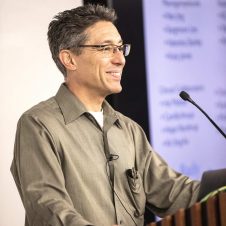Development. 2025 Jan 1;152(1):dev204306. doi: 10.1242/dev.204306. Epub 2025 Jan 2.
ABSTRACT
Human GABAergic inhibitory neurons (INs) in the telencephalon play crucial roles in modulating neural circuits, generating cortical oscillations, and maintaining the balance between excitation and inhibition. The major IN subtypes are based on their gene expression profiles, morphological diversity and circuit-specific functions. Although previous foundational work has established that INs originate in the ganglionic eminence regions in mice, recent studies have questioned origins in humans and non-human primates. We review the origins of INs in mice and compare with recent findings from primary human prenatal brain tissue culture experiments and lineage analysis from somatic variants in neurotypical human cadavers and human brain organoids. Together, these studies suggest potential primate- or human-specific processes that may have been overlooked in mouse models and could have implications for brain disorders.
PMID:39745314 | DOI:10.1242/dev.204306


